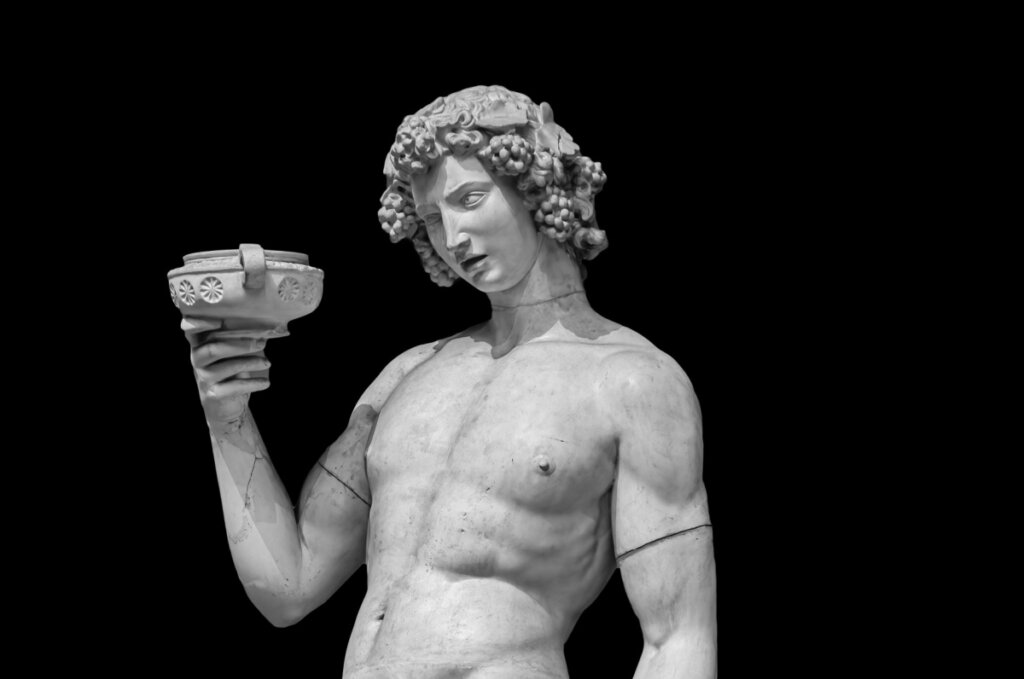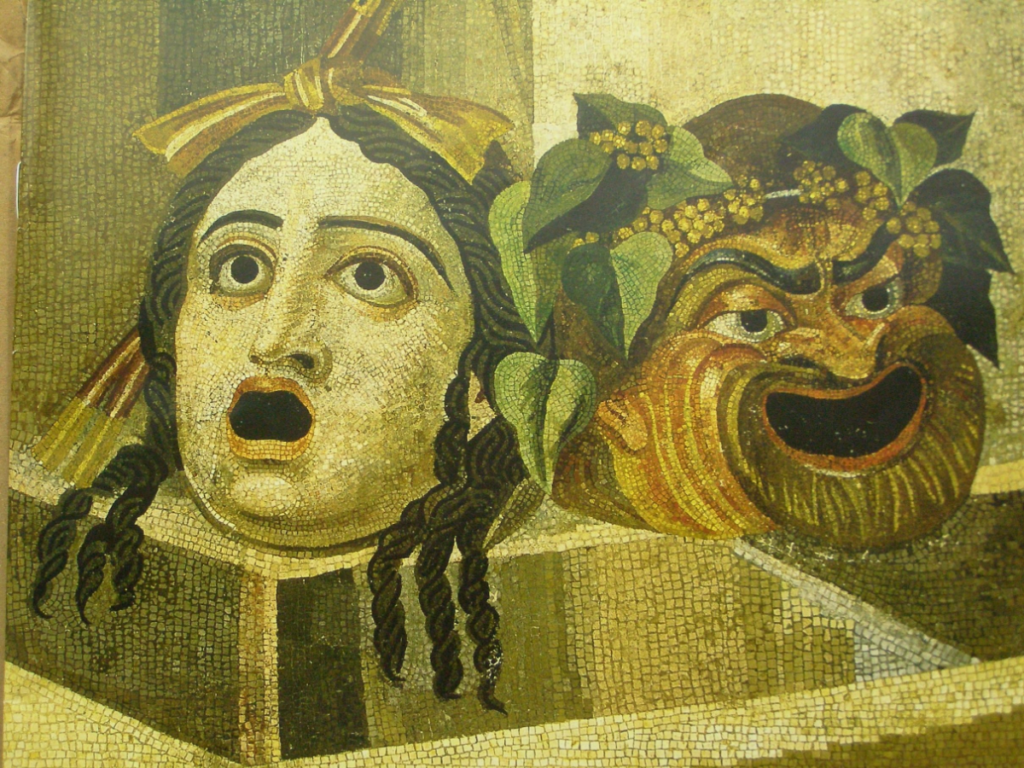The Influence of Dionysus in Life Today


Written and verified by the philosopher Matias Rizzuto
The myth of Dionysus is often related to drunkenness, festivities, and a lack of limits. On the other hand, it’s also associated with chaos and violence. Dionysus was the god of the grape harvest, orchards, fruit, vegetation, and fertility. However, does he have any importance and influence on the modern world?
Devotees of Dionysus sought communion with the god through the euphoria and ecstasy produced by music and dance. As Nietzsche pointed out, in ancient Greece Dionysus was opposed to Apollo who represented rationality, order, and reason. The figure of Dionysus represents an element of the psyche that we mustn’t leave aside if we seek, as Jung proposed, to accept and integrate all aspects of our existence.

Dissolving the borders of the self
Dionysian rituals took place in locations far from the main city. These rituals consisted of dances and songs and were performed mainly in forests and caves. Participants were initiated into the mysteries of Dionysus. They were immersed in mystical experiences via dance, music, and the intoxication of wine or some other psychoactive substance. The whole experience sought the dissolution of the individual and the ecstatic union with the group.
However, the influence of Dionysus isn’t limited to the ancient world. In fact, it’s also inherent in certain aspects of society today. Indeed, the frenzy and transgression characteristic of the Dionysian myth continue to well up in the consciousness of human beings in today’s world.
As a matter of fact, despite attempts to contain our passions under rational surveillance, we often continue to seek the dissolution of our individuality in what we might call contemporary rituals.
For example, many of us attend discos, electronic parties, and concerts, and lose ourselves in a tangle of sweat, drunkenness, and wild dance. We seek dissolution, generating a uniform mass together with those sharing the same space. In effect, we try to overcome the fact that we’re really separate beings and not as one, for a few hours.
The same happens at football matches. Supporters, partially unified and identified with their teams, express themselves with jumps, shouts, and songs. In effect, they vent all kinds of intense emotions contained in the depths of their psyches.
Carnivals are also presented as an expression of Dionysus today. For a few days a year, people have the opportunity to forget about restraint and indulge in fun. They use masks and costumes to help them discard their inhibitions and escape from themselves for a few hours.
Dionysus and the theater
Many consider Dionysus to be a marginal deity of the Greek pantheon. That’s because his cult tended to be celebrated on the outskirts of Athens. However, he was also integrated into civic life through the Dionysia. This was a festivity financed by the Athenian state, whose central axis was a theatrical performance contest.
The genre of tragedy had an important relevance in these festivities. The ancient Greek tragedy was characterized by deep themes. For instance, ethics, justice, destiny, madness, love, power, and death. These themes were expressed through the passion of the characters, the violence of the conflicts, the irony of the dialogues, and the emotion of the endings.
For Aristotle, tragedy contained cathartic elements that helped purge negative emotions. According to his theory, catharsis is the purification or release of negative emotions such as fear or sadness. The viewer identifies with the characters of the tragedy and experiences the same feelings as them. At the end of the tragedy, a feeling of relief comes, even if the negative feelings haven’t completely disappeared.
Therefore, viewers are able to experience feelings like fear and sadness without having to suffer them in real life. Something similar happens to us today when we watch series or movies that trigger strong feelings in us. Or, when we immerse ourselves in exciting novels or even in video games. This makes us experience a series of emotions that can help us better understand our own feelings.
Today, the figure of Dionysus embodies the search for dissolution, for the abolition of borders between the self and the other, and the transition from the multiple to the singular, through the festive union.

The importance of the Dionysian in society
Although many fear the furious manifestation of Dionysus, his controlled expression is presented as an outlet for the darkest passions of the human being. That said, the lack of control over such an experience always lies dormant. Indeed, the risk of chaos and violence can bring unintended consequences to society.
We mustn’t ignore that cathartic exposure has therapeutic qualities that tend to calm the spirit. To deny the nature of Dionysus due to its potential overflow would be to deny a safe space for the expression of certain passions. Otherwise, they could break through in any daily situation.
Today, Dionysus’s experience constitutes the search for dissolution, for the abolition of borders between the self and the other, and the transition from the multiple to the singular, through the festive union.
This full experience of freedom and abandonment can be a way of reaching fulfillment. However, we must be careful not to over-indulge. In fact, we should contain our experiences within the framework of certain ritualized events. In addition, we must be careful to channel our deepest passions in a healthy way.
All cited sources were thoroughly reviewed by our team to ensure their quality, reliability, currency, and validity. The bibliography of this article was considered reliable and of academic or scientific accuracy.
- Nietzsche, F. (2004). El Nacimiento de la Tragedia. El Cid Editor.
- Wunenburger, J. (2004). “Las figuras de Dioniso. Renovación y obstáculos hermenéuticos contemporáneos” en El imaginario en el mito cásico: IV Jornada organizada por el Centro de Estudios del Imaginario / corrd. por Hugo Francisco Bauzá, pp. 11-22.
This text is provided for informational purposes only and does not replace consultation with a professional. If in doubt, consult your specialist.








